Cheonggye Temple is quietly nestled on Cheonggye san (‘san’ meaning mountain in Korean), which is 618 metres high. The 20-minute walk up a fairly steep road runs parallel to a stream. Cheonggye mountain is blessed with beautiful geographical features and it was no surprise to see many visitors ascending its peak. It was only as I neared the temple that I heard Buddhist chanting along to the rhythmic beating of a wooden block. I remembered that it the buddhist equivalent of ‘all souls’ week’. Many of the visitors had come to commemorate the dead and pray in front of the sleeping Buddha statue.
As I got to the base of the stairs leading up to the temple, a man at a food stall offered me a handful of peanuts. I gratefully thanked him and was about to eat them when he outstretched his right hand and said in a Korean cloaked accent what sounded like “bid com”. Sensing my confusion he pointed to the surrounding trees, which made me even more confused. He repeated his statement several more times and indicated that I should outstretch my right hand. Within seconds a robin was hoping on my palm eyeing out the biggest peanut and several more robins followed. This continued for a few minutes. The man was happy to take photographs as we patiently waited for my hand to empty. I was amazed at how this man had gained their trust. I was left with a great sense of appreciation of how nature and man can coexist.
Cheonggye Buddhist Temple is perhaps most famous for the rare Udumbara flower which according to Buddhist scriptures blooms on Buddhist statues every 3,000 years or so. It blossomed once before Buddha’s birthday and again on 06 October 2000, when it opened 20 blossoms on the Kwanseum Bosal’s face. Non-believers claim that they are Lacewig eggs. You can watch a short Youtube video about it below.
http://youtube=http://www.youtube.com/watch?v=c7mycKWApIc
The spring that runs into the Gamnoji pond is said to never dry up. Cheonggye Temple is surrounded by a magical splendour, which can only be experienced by visiting it. The information board reads: “Here our ancestors practiced to achieve the wisdom, which transcends life and death, to become one with heaven and earth and to attain spiritual peace and enlightenment. The temple is filled with the blessings and the wisdom of Buddha. Anyone can come to the temple and with practice may attain enlightenment and return to the source of truth.”
The whole experience left me with one resounding thought: God, or that energy source of light and love (no matter how we choose to acknowledge it) is beyond the range and reach of our thoughts. ‘It’ is awe-inspiring in all of its splendour.
How to get there: Get off at Indeogwon station (Exit 2) take bus 10 or 10-1 to the last stop. It’ll cost you KRW 1,000.
Entrance: Free
Who knows perhaps you too will meet the bird man. If you do, please give him a warm hug from me. I’ll be eternally grateful. Thank you.






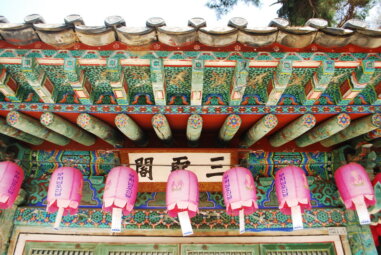
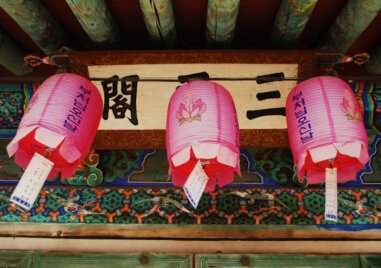
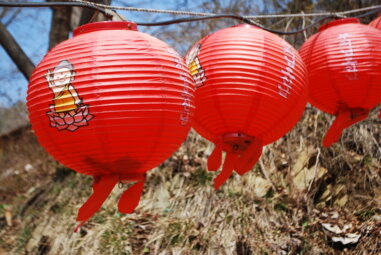

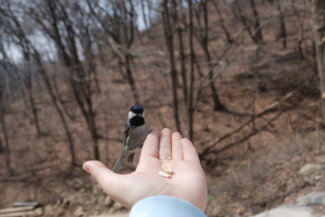

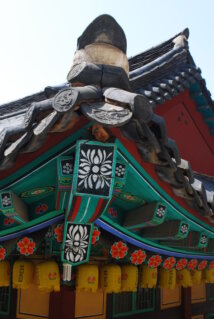


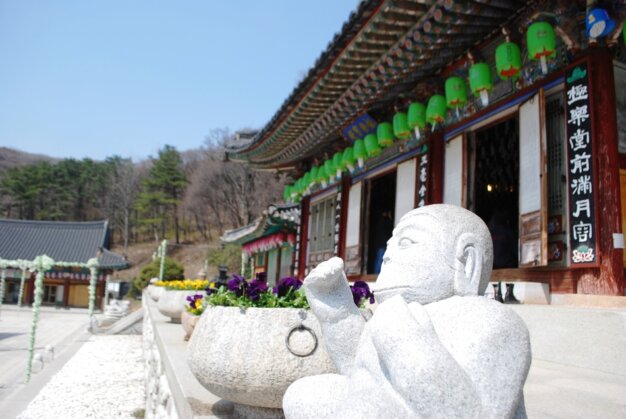
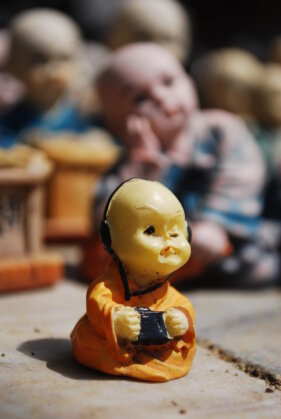
Pingback: Jamming Buddhist monk « In the Heart and S(e)oul of Korea